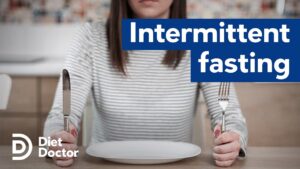(USMLE topics) How the hypothalamus controls body temperature. How fever resets the hypothalamus. Fever versus hyperthermia. This video is available for instant download licensing here https://www.alilamedicalmedia.com/-/galleries/all-animations/immune-and-lymphatic-system-videos/-/medias/1b1d41f8-139e-44a6-8ed2-66127f951376-fever-narrated-animation Voice by: Ashley Fleming ©Alila Medical Media. All rights reserved. Support us on Patreon and get FREE downloads and other great rewards: patreon.com/AlilaMedicalMedia All images/videos by Alila Medical Media are for information purposes ONLY and are NOT intended to replace professional medical advice, diagnosis or treatment. Always seek the advice of a qualified healthcare provider with any questions you may have regarding a medical condition. Fever, clinically known as pyrexia, is an abnormal increase in body temperature, usually due to an illness. Commonly thought as an undesirable side effect of diseases, fever is actually an effective way the body uses to fight infections. Patients usually recover faster when they allow fever to run its course rather than suppressing it with fever-reducing medications. This is because a higher temperature slows down the growth of most pathogens, as well as boosts the effectiveness of the body’s immune response. It also increases metabolic rates and thereby accelerating tissue repair. Normally, the hypothalamus keeps the body’s temperature within a narrow range around 37 degrees Celsius, or 98.6 degrees Fahrenheit. The hypothalamus acts like a thermostat. It receives inputs from heat and cold receptors throughout the body, and activates heating or cooling, accordingly. When the body is too hot, the hypothalamus sends instructions for it to cool down, for example, by producing sweat. On the other hand, when temperature drops, the hypothalamus directs the body to preserve and produce heat, mainly via the release of norepinephrine. Norepinephrine increases heat production in brown adipose tissue and induces vasoconstriction to reduce heat loss. In addition, acetylcholine stimulates the muscles to shiver, converting stored chemical energy into heat. Fever is part of the inflammatory response. When immune cells detect the presence of a pathogen, for example, upon binding to a component of bacterial cell walls, they produce inflammatory cytokines. Some of these cytokines are fever-inducers, or pyrogenic. Pyrogenic cytokines act within the hypothalamus to induce the synthesis of prostaglandin E2, PGE2, the major fever inducer. PGE2 acts on thermoregulatory neurons of the hypothalamus to raise the body’s temperature set point. In other words, PGE2 tricks the hypothalamus into thinking that the body is cold, while in fact the temperature did not change. In response, the hypothalamus instructs the body to actively produce heat to raise body temperature above normal. Fever-reducing medications, such as aspirin and ibuprofen, work by suppressing PGE2 synthesis. Once infection is cleared, pyrogens are no longer produced and the hypothalamic thermostat is set back to normal temperature. Cooling mechanisms, such as sweating and vasodilation, are activated to cool the body down. While fever is usually beneficial and need not be treated, precaution should be taken to prevent body temperature from running too high, which may cause confusion, seizures and irreversible damage to the brain. Finally, it is important to differentiate between fever and hyperthermia, the latter is often caused by extended exposures to extreme heat, or heat stroke. Unlike fever, the body’s temperature set point in hyperthermia is unchanged and the body does not produce the extra heat; its cooling system is simply exhausted and fails to compensate for the excessive external heating. Hyperthermia is always harmful and must be treated with various cooling methods. Fever-reducing medications have no effect on hyperthermia as pyrogens are not involved.
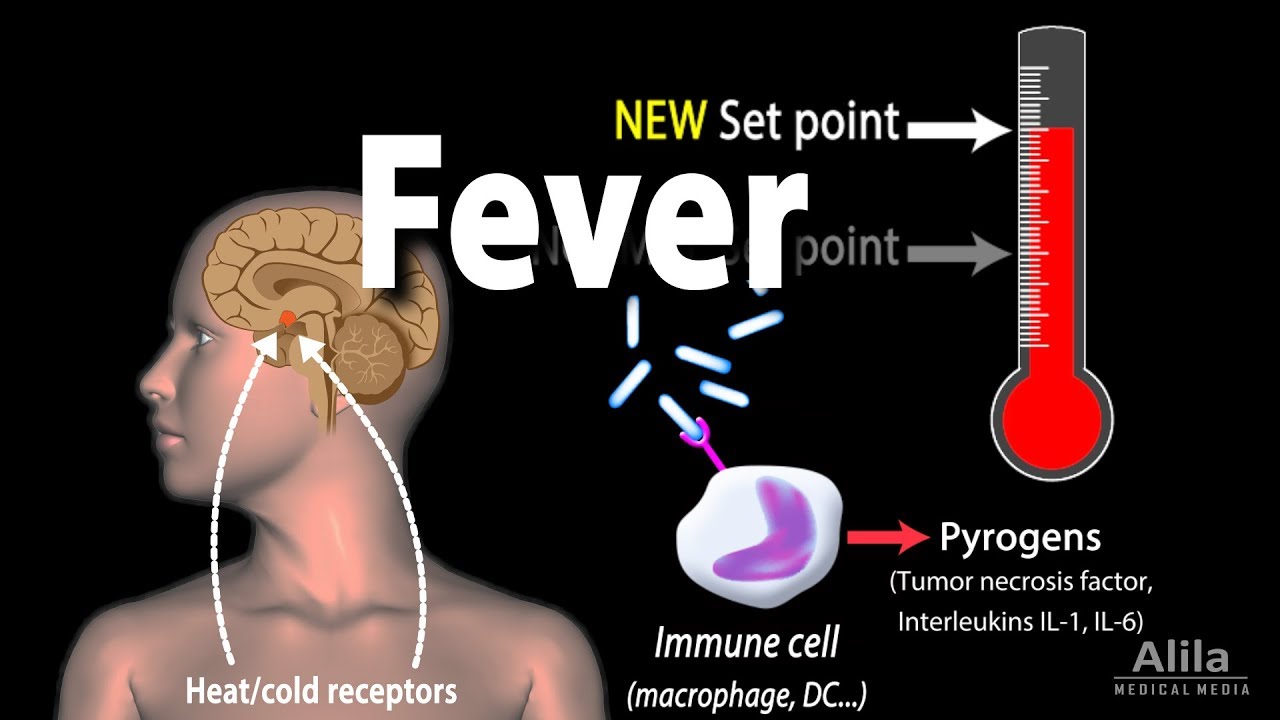
Induction of Fever, Control of Body Temperature, Hyperthermia, Animation.
- Post author:admin
- Post published:October 7, 2021
- Post comments:0 Comments
You Might Also Like

Cross-Cultural Psychiatry Video – 2
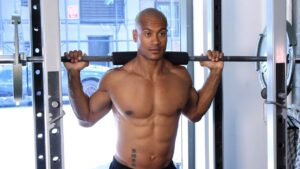
Muscle Building Workout & Squats Video – 10
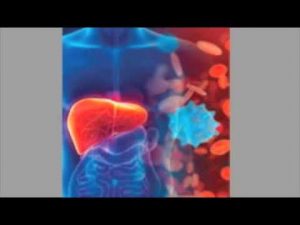
Get Ten Times More Benefit from Milk Thistle, Reverse Alcohol Liver Damage and more
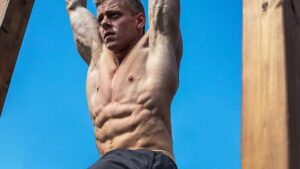
The Only Ab Exercise you really need!
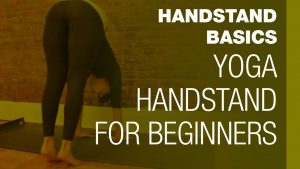
Handstand Basics: Yoga Handstand for Beginners
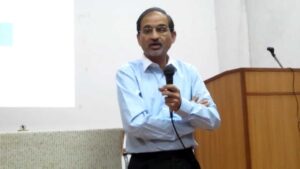
Community Psychiatry Video – 3
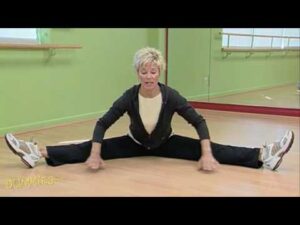
How to Cool Down and Stretch after a Workout For Dummies
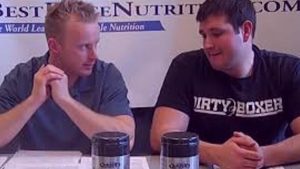
CREATINE MONOHYDRATE | EFFECTS, SIDE EFFECTS, DANGERS, MYTHS & BENEFITS

Blood glucose control and diabetes
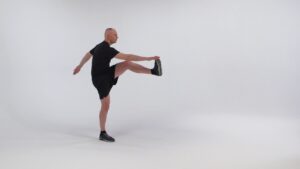
Alternate Knee Touch-3

Supervisor’s Guide to Understanding Anabolic Androgenic Steroids
Injection Abscess
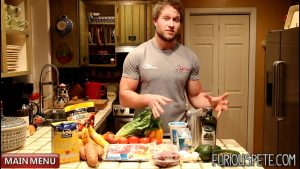
Nutrition – Simple Guide To Any Body Transformation | Furious Pete

Yoga For Diabetes | Vakrasana | Manthena Satyanarayana Raju Latest Videos | Manthena Official
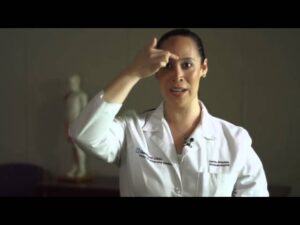
Acupuncture/Acupressure Video – 2
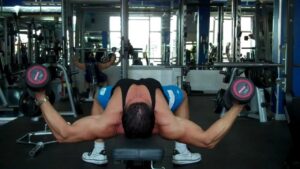
Flat Bench Fly-5
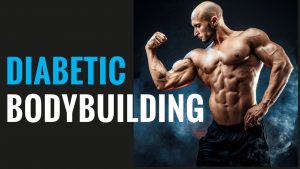
THE BIGGEST DIABETES BODYBUILDING MYTHS DISPELLED
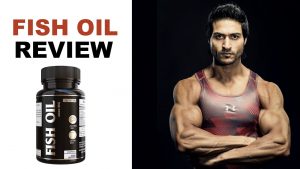
What is Fish Oil? Omega-3 Benefits & Side Effects Review by Guru Mann
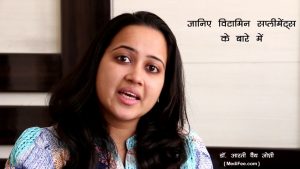
Vitamin Supplements – To Use or Not to Use? (Hindi)
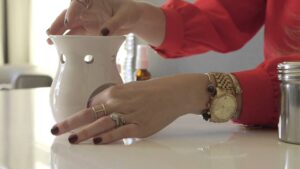
Aromatic Oils Video – 1
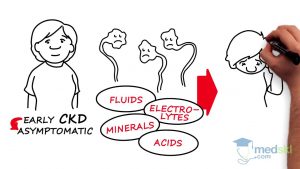
Nephrology – Chronic Kidney Disease: By Steven Cheng M.D.
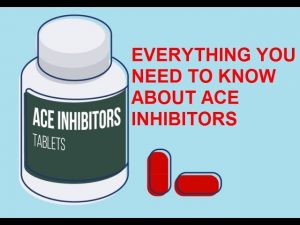
ALL YOU NEED TO KNOW ABOUT ACE INHIBITORS (ANIMATED)
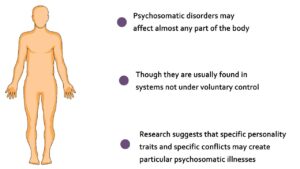
Psychosomatic Medicine Video – 4
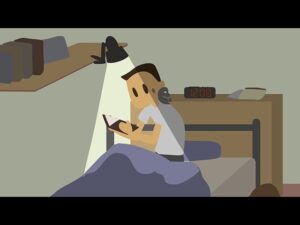
A Student with Mental Illness
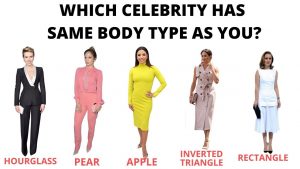
Celebrity body types- who has your body shape?

Asanas Meaning And More Asanas Video – 3
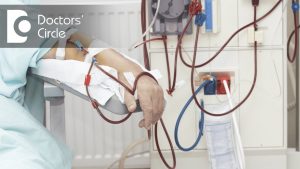
How long can you live on Dialysis with Kidney Failure? – Dr. Vidyashankar Panchangam
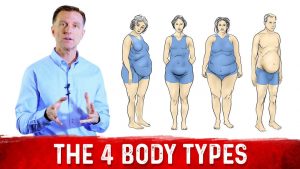
What Are The 4 Body Types?: Dr.Berg Explains Different Body Types & Belly Fat
Semen Analysis
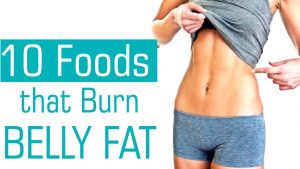
Top 10 Foods That Help Lose Belly Fat – Tips To Burn Belly Fat
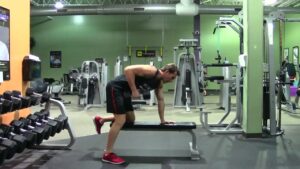
Single Arm Dumbbell Row – HASfit Back Exercise Demonstration – One Dumbbell Row – Supported Row

How to drain a subungual hematoma (blood blister beneath the toenail)

What am I eating to BUILD MUSCLES? Full day of eating
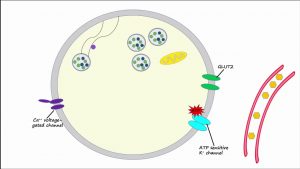
Regulation of Insulin Release and Insulin Action
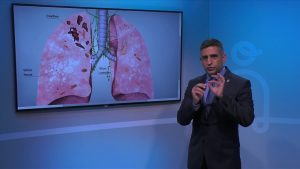
Effects of Tuberculosis on Lungs
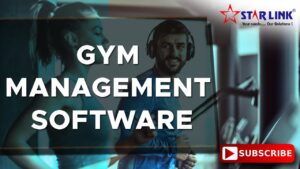
Gym/ Health Club Management Video – 6
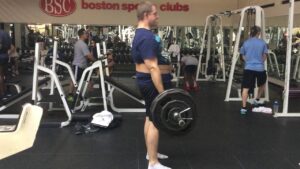
deadlift 330×3 – week 2 of programing

What is BMR ?(Basal metabolic rate)

Diet & Exercise For Pregnant Women I 3
One Arm Row Dumbbell-5

Clinical Supplementation Video – 2
